The Charlotte Mason method has grown in popularity in recent years, reviving teachings of the British educator-reformer who revolutionized education in England in the 1800s. But what is it really all about?
When I was starting this website, I was tempted to give you a series of how-tos. But Charlotte Mason herself encourages parents and teachers not to spend too much time troubling over how to “do this,” and “do that,” but rather, to “consider this.”
The principles of a Charlotte Mason are a vital component of being able to apply it effectively. In this page, I will attempt to share a little bit—just a teeny bit!—about the principles that affect school lessons, in the hopes that you will be able to get a quick overview of what it can look like.
First, some principles to bear in mind:
- Every child is a person.
- The child’s mind has powers enough in helping him assimilate the knowledge he needs.
- The mind hungers for much knowledge, hence the need for a generous curriculum written in excellent language
- Education is the science of relations.
- Knowledge is not assimilated until it is reproduced.
These are just a teaser of the principles that Charlotte Mason advocated, to give you the context for some of the elements that comprise a CM education. For more details, sign up for our free e-book, a Handbook for First-Time CM Homeschoolers, or check out the other pages in this website.
Elements of a Charlotte Mason Homeschool
Generally, a CM homeschool will have the following elements:
Living Books
Charlotte Mason attests that the child’s mind feeds and grows on knowledge, and has the capabilities of understanding real knowledge. This is why, in a CM homeschool, we emphasize the importance of using living books, and plenty of them!
Narration
In believing that “knowledge is not assimilated until it is reproduced,” we use narration as a foundational tool for all CM school lessons (except Math and poetry). After a single reading, we expect our students to tell back what they heard or read.
A Rich Curriculum
Because a child’s mind is hungry for plenty of living ideas, we expose him to as much of these as possible. This applies not just to books, but also to the greatest works of art, poetry, music, sculpture, and nature. This is the reason why we have things that we call “riches,” which includes:
- Picture or Artist Study
- Composer or Music Study
- Hymns
- Folk Songs
- Poetry
Nature Study
As we expose our children to the greatest minds through their works of art, literature, music, and others, we also expose them to the Great Mind that created nature. Nature study is a foundation for all science lessons, encouraging children to observe, explore, and draw and record their observations from a young age.
Handicraft
Charlotte Mason believed in the value of teaching children to work with their hands, and not for busywork copy-pasting which eventually winds up in the trash, but making something useful or beautiful.
Copying great minds
Another important aspect of the CM method is copying great minds. This includes copywork, which involves copying passages word for word, as well as other “keeping” methods. For example, a commonplace book is kept for purposes of recording passages that we love. We also have things like picture study, where we study a painting by a specific artist and then “narrate” or “tell back” what we remember by drawing the painting from memory.
History chronology
An important aspect of a CM education is the way that we teach history. Instead of having dates, names, and facts to memorize, we teach history using living books, and then use tools to show the movement of time and chronology. This includes the personal timeline, the history timeline, and eventually the Book of Centuries.
An Overview to Whet Your Appetite
Again, this is meant to be just a birds’ eye view, and we hope it has stirred up your interest in learning more about the Charlotte Mason method.
There’s still so much to learn and enjoy, and we encourage you to explore our website, sign up for our free e-book, and get connected with a community of other parents who want to give our children the benefits of this time-tested method.
